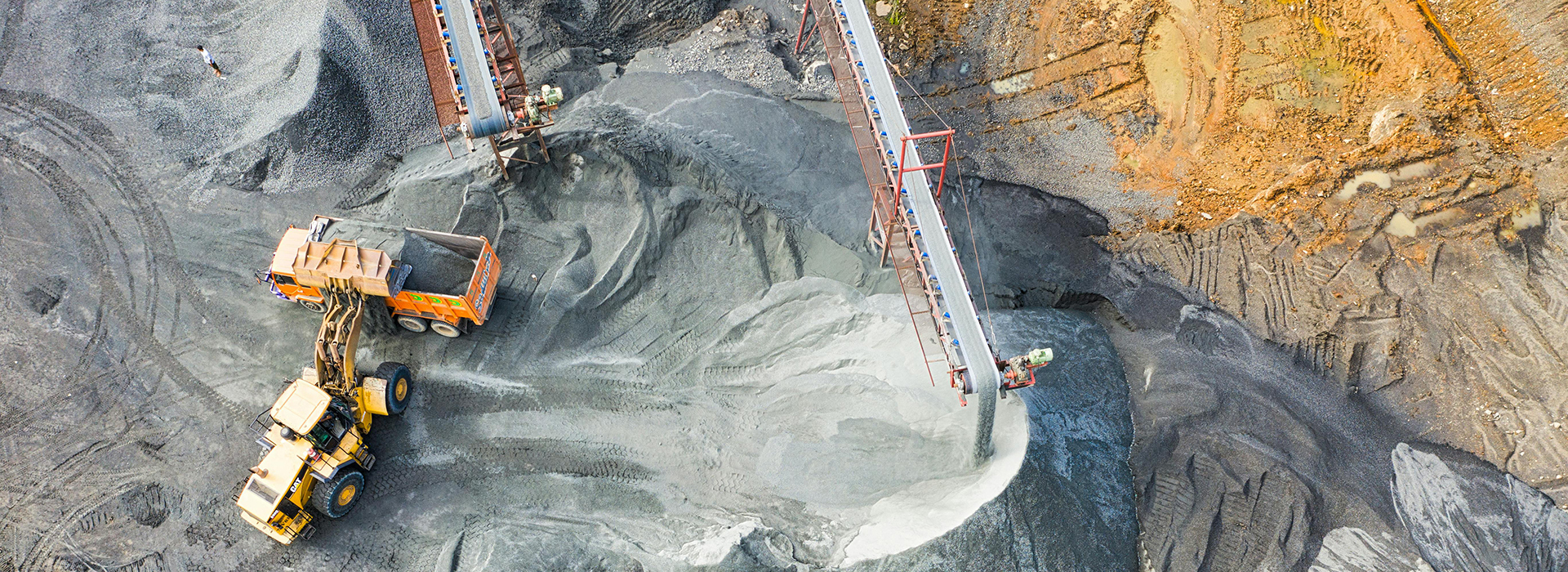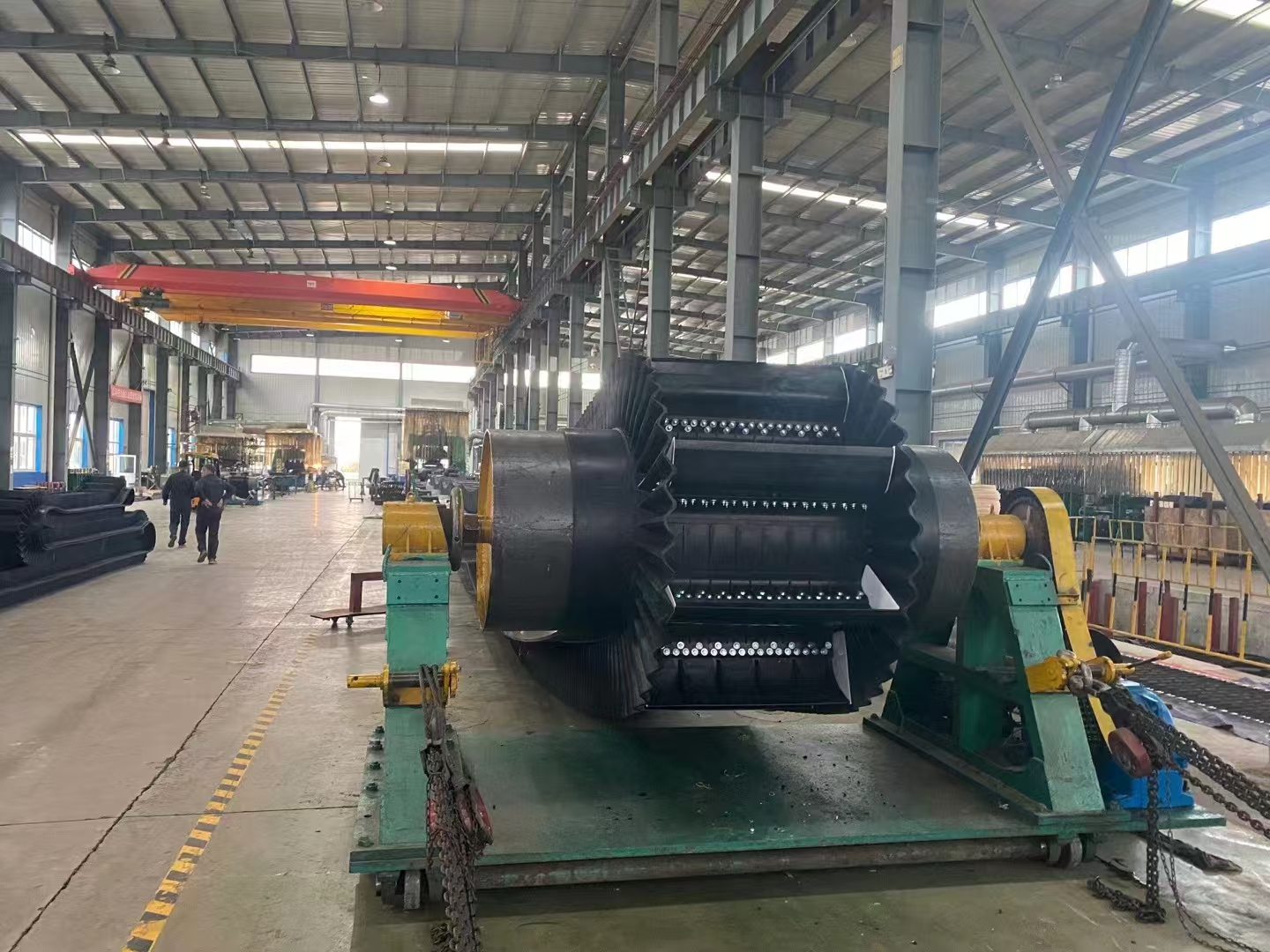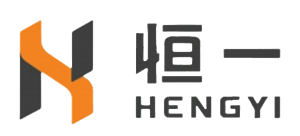
How Do You Pick the Best Bucket Conveyor Belt in 2025 (2)
2025-10-23 09:29Total Cost
You should think about the total cost, not just the price. The total cost of ownership (TCO) means what you pay at first, to run the belt, and to fix it. Here is a simple table:
Cost Type | Description |
|---|---|
Initial costs | Equipment, installation, and controls |
Operational costs | Power and air use |
Maintenance costs | Spare parts, repairs, and labor |
TCO | (Initial + Operational + Maintenance) / Useful Life |
Belts that cost more at first can last longer and need fewer fixes. You save money over time because you do not stop work for repairs. Good belts also help your team work faster and safer. Buying a strong belt helps your business and keeps costs low later.
Supplier Choice
Reputation
You should pick a supplier you can trust. If a supplier is well-known, you will get better products and help. First, check how good their products are and how long they have worked in this field. Suppliers with more years of work can fix problems quickly. You should also see if they use new technology and have many products to choose from.
Here are some main things to check when looking at a supplier’s reputation:
How good their products are
If they use new technology
How well they help customers
What others in the industry think about them
You can also look for these signs: High customer happiness, strong ties with buyers, and good reviews from other people.
Tip: Always read what customers say and ask for references. This helps you know if the supplier keeps promises and delivers on time.
Certifications are important too. If a supplier meets industry rules, you know their belts are safe and work well. Certifications mean the products pass safety and quality checks.
Support
After you buy a bucket conveyor belt, you want help if something breaks. The best suppliers give good support after you buy. This help can save you both time and money.
Here is a table that shows the main types of support you should get:
Type of Support | Details |
|---|---|
Warranty | One year warranty on the belt and parts |
Technical Support | Lifelong help with setup and troubleshooting |
Spare Parts Availability | Free spare parts during the warranty period |
Fast Delivery | Quick shipping for urgent needs |
Some suppliers keep lots of spare parts and use smart machines to make new parts fast. This means you do not have to wait long if you need a new part.
Customization is also important. You might need a belt made from special materials or a certain size or speed. Good suppliers can change the belt to fit what you need. For example, they can use food-safe materials for food or stainless steel for wet places.
Note: Pick a supplier who listens to you and gives custom solutions. This helps your conveyor system work better for your business.
You can find the best bucket conveyor belt by making sure the belt fits your product. You should also look at where you will use it and pick tough materials. Here is a simple checklist:
Learn about your product and where you use it
Look at what the belt is made of and how much it can hold
Check if the supplier helps you after you buy
Getting help from experts makes it easier to choose. They can show you different choices and explain the rules for your industry. Experts can also help you get a belt made just for you. Use guides and expert help to pick the best belt for what you need.

FAQ
What is the main benefit of using a bucket conveyor belt?
You move materials quickly and safely. You save time and reduce heavy lifting. This system helps you keep your work area clean and organized.
How often should you check your conveyor belt for problems?
You should inspect your belt every week. Look for cracks, wear, or loose parts. Regular checks help you find small issues before they become big problems.
Can you use one belt for all types of materials?
No, you need to match the belt to your material. Some belts work better for food, others for heavy or sharp items. Using the right belt keeps your system safe and efficient.
What should you do if your belt makes noise?
Tip: Stop the system and check for stuck objects or loose parts. Clean the belt and tighten any bolts. If the noise continues, call a technician.
How do you know when to replace your conveyor belt?
You see deep cracks, frayed edges, or the belt slips often. If repairs do not fix the problem, you should replace the belt to avoid breakdowns.
